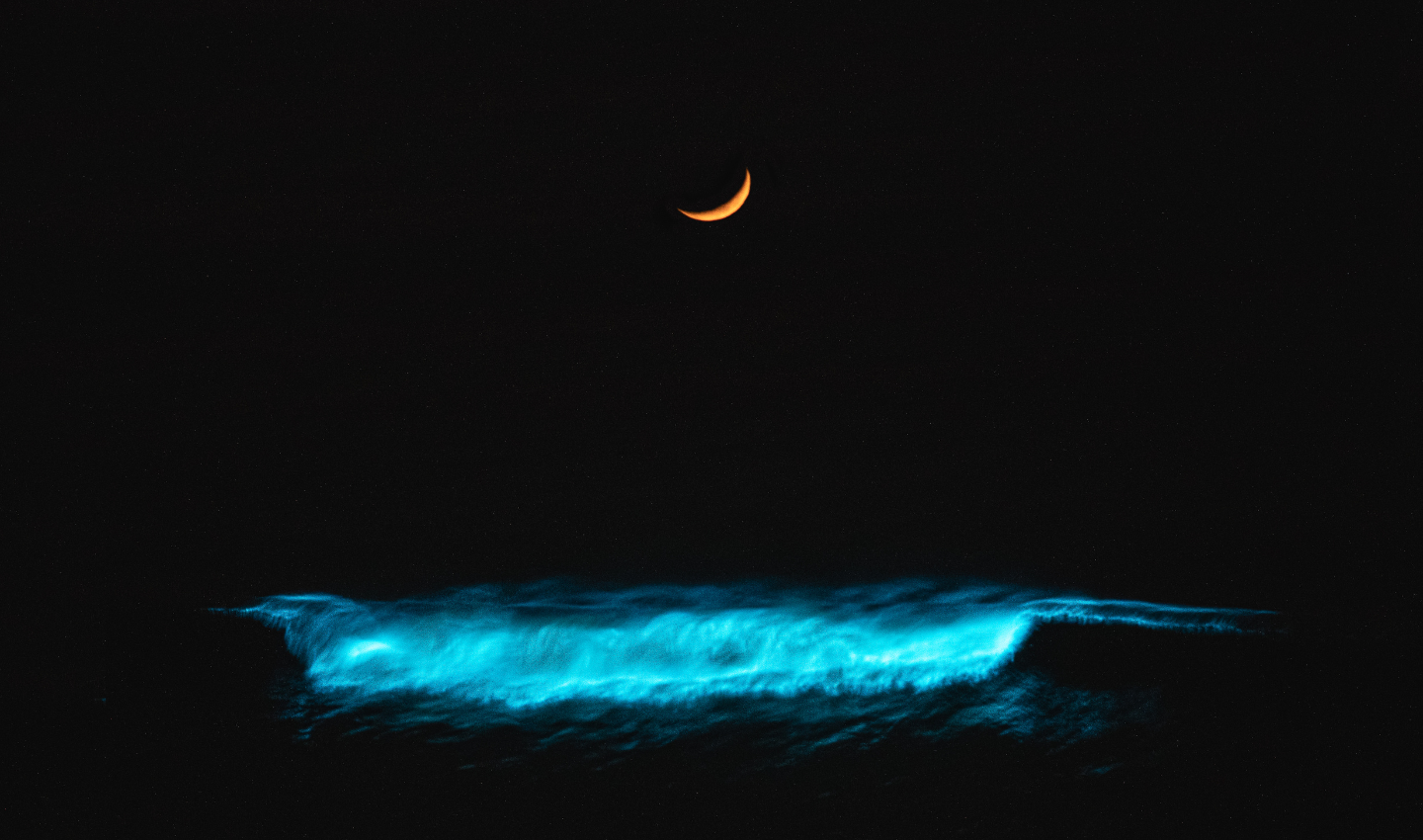- Latest News
- Our Impact: Threats
- Take Action
The History of Climate Change

A century of climate science history: Explained.
These days, you can’t go a week without the impacts of climate change making headlines – but that wasn’t always the case. When climate science first appeared in the media, it was batched with conspiracy theories and radical ideas.
Now, we know better.
We’re hopping in a time machine to unpack the history of climate change, greenhouse gasses, global warming, and why climate skeptism existed for so long.
When did climate science first make the news?
Over a hundred years ago (hello, 1912), the Titanic set sail and sank, zippers were invented, Oreos were created. And Breaking News: Climate change entered the news for the first time.
This caption appeared in the March 1912 publication of ‘Popular Mechanics’, directly linking burning coal and global temperature change:

Several months later, on 14 August 1912, a paper in New Zealand re-shared the now-famous caption. They titled it: “Coal Consumption Affecting Climate.”
But before these publications, fundamental climate science was already understood.

Scientists understood how greenhouse gasses contributed to rising temperatures in 1856.
What is the greenhouse gas effect and who discovered it?
The greenhouse gas effect is how heat is trapped close to the Earth’s surface. Trapped by what? Greenhouse gas molecules like carbon dioxide, methane, and nitrous oxide.
John Tyndall, an Irish physicist, is commonly miscredited with discovering the greenhouse effect.
In 1856 (three years before Tyndall’s work was published), Eunice Foote, an American scientist, concluded certain gasses warm when exposed to sunlight. She concluded that rising carbon dioxide levels would lead to atmospheric changes, which could impact the climate.
Human activity was suggested as the main driver of climate change in 1896.
Svante Arrhenius, a Swedish scientist, suggested that as humanity burned fossil fuels (non-renewable energy sources like coal, crude oil and petroleum), which added carbon dioxide to the atmosphere, we’d raise the planet’s average temperature.
Over 100 years ago, the science was there. Why does it feel like we’re only waking up now?

Climate science wasn’t accepted by the public.
We can point to these news articles and research pieces and say, “It’s been a century! Why was nothing done?” But climate change began on the fringe of society. The science – and these scientists – weren’t taken seriously.
“Humans? Impacting the planet? No way!” – someone in 1912, probably.
Turning our backs on fossil fuels, which were building the modern world, seemed outlandish. When the world went to war in 1914, the topic lost momentum and only picked up again in the 1930’s.

The origin of global warming.
In 1938, Guy Callendar caused a stir in the science world when he put together weather observations and concluded that global average temperatures had already increased.
Callendar was the first person to clearly identify a warming trend and connect it to carbon dioxide in the atmosphere. He was shunned by the science community for his research which became known as “the Callendar Effect.”
Today, we just call it global warming.
How does climate change impact our Ocean?
The Ocean absorbs much of the sun’s heat which helps regulate land temperature and drive global weather patterns. More than 90% of the heat from global warming is stored in our Ocean. That makes the Ocean one of the most important carbon sinks on Earth.
But this continual heat absorption is changing the characteristics of the Ocean. (Spoiler: not in a good way). Those changes have massive impacts on all life on Earth.
Scroll: The 7 climate change indicators we’re seeing in the Ocean.

Why was climate scepticism so strong for so long?
Scientific coverage in the media that pointed to the reality we all know now – that human activity is a key driver of climate change – was often published alongside pieces that were sceptical of such facts.
As recently as 2003, it was covered that global warming amplified death tolls in the 2003 European Heatwave. In the same year, at a speech given on the US Senate floor, a former Chair of the Environment and Public Works Committee called climate change, “The greatest hoax ever perpetrated on the American people.”
With contradicting statements everywhere, people believed that the jury was out on climate change. We know better.
The best time to take climate action was in 1912.
The second-best time is right now and every day from now. Because the history of climate change is just that: History.
Each decision we take, today, tomorrow, in three weeks or four years, sets up the future health of our blue planet.

Actions you can take to fight climate change.
- Recognise that one of the most empowering things you can do is get informed and inform others. Start by understanding what we need to do to limit global warming.
- Looking for quick practical actions? 10 ways to take Ocean action, 20 ways to address plastic pollution, and 15 climate actions you can take.
- Subscribe to our newsletter for Ocean news, stories, and science.



